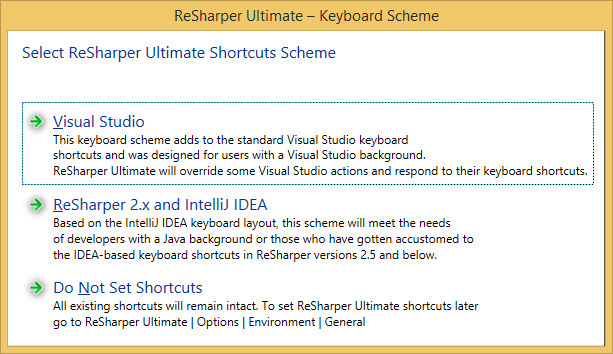
Where Is the Insert Key on Laptop Keyboards?.Moving forward, we will be talking about each of these in greater detail to help you find the Insert key on your laptop and alternatives you can use to invoke the same functionality if there is no Insert key on your laptop keyboard at all. The 0 key on the Numpad of the keyboard as a modified key.So, where can you find the Insert key on all laptop keyboards?Īs the position of the Insert key can vary between laptops, we can only give you a list of the possible locations.

This difference is often due to laptops getting smaller, as manufacturers remove the lesser-used keys from the keyboard of laptops to produce more compact laptops that are easier to carry. While the position of the Insert key is very apparent on the keyboards of some laptops, it’s impossible to find on others. While the Insert key is a part of every standard full-size keyboard, the situation is slightly different for laptop keyboards. I only wish I could set the same shortcuts up in my other Mac apps.The Insert key isn’t a key we use too frequently, but it definitely has its uses in some scenarios, especially for writing long documents that require a lot of editing.
NO INSERT KEY ON MAC RESHARPER PC
Having both the classic Windows shortcuts and the traditional Mac shortcuts working simultaneously in UltraEdit has really helped me make the transition from PC to Mac. I got creative for a few things such as Save All the F12 key in Mac is taken by Dashboard, so I set my Save All to the 4-finger Shift+Ctrl+Command+S (think: "ALL shortcut keys + S = Save All"). For example, I set Save to both Ctrl+S and Command+S. Then I went into each of the important commands and set both the Ctrl+ AND the Command+ key combos. I went into UltraEdit->Preferences->Key Mapping and set the main selection to Windows Keys. Third, overload the shortcut keys in UltraEdit with both Windows AND Mac key combos. It will be more ergonomically pleasing for you in the long run. This is important because Mac people designed most of the keyboard shortcuts around the Command key, with the intention of you using your left thumb to perform key combos. Now your PC keyboard will be geometrically more similar to Macs. Doing this will put the Win-Start key in the same location as the Command key on traditional Mac keyboards.

After that, go into System Preferences->Keyboard->Modifier Keys and swap the Command and Option keys. Then, snap the Alt key back on where the Win-Start key was and vice-versa.

Pull gently from under the corner of the keys and they'll pop right off. Most keyboards are built in such a way that you can simply pry the keys off (carefully) with a screwdriver or a knife. Swap the Alt and Win-Start keys on the left side of your keyboard. The second trick will help you become more Mac-ish.

The only thing you'll miss is the Eject key, but if you're a PC user, you're probably not very used to using that one, anyway. If you have a PC keyboard with multimedia, volume and sleep buttons, you'll find it particularly useful in OS X. PC keyboard functionality is fully supported by OS X, it being Unix and all. If you're accustomed to PC, you'll find it hard to live without those. PC's have better native keyboards because they provide several buttons that Mac native keyboards don't have such as Insert, Delete, Home & End. I have had success switching from PC to Mac, however, by doing the following.įirst, use a PC full-function keyboard. I wonder if that feature even exists, yet. I have yet to find the Insert/Overwrite toggle in UE/Mac at all.


 0 kommentar(er)
0 kommentar(er)
